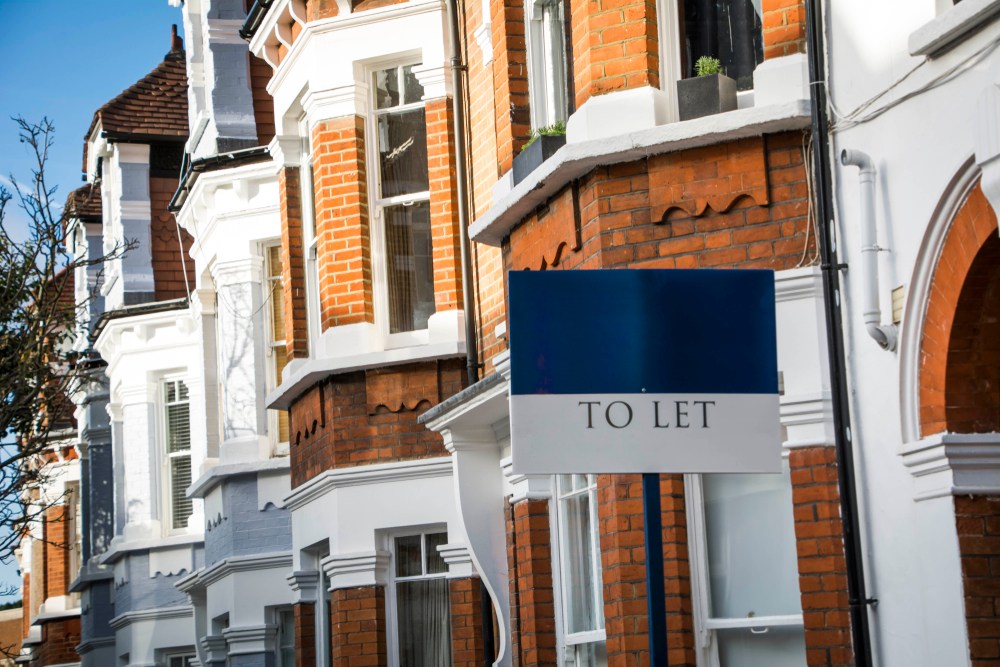Damp is one of the most common — and costly — issues faced in rental properties. Left untreated, it not only damages the property’s structure but also poses serious health risks to tenants. For landlords in the UK, staying on top of damp-related problems isn’t just good practice — it’s a legal requirement.
Understanding Your Legal Duties
Landlords have a legal obligation to provide homes that are safe and free from serious hazards, which includes problems like damp and mould. The Landlord and Tenant Act 1985, along with the Housing Health and Safety Rating System (HHSRS), lays this out clearly.
If damp is caused by a structural issue — such as a leaking roof, broken boiler, or poor ventilation — the landlord is responsible for fixing it. Ignoring it could result in legal action, compensation claims, or local authority enforcement notices.
What Tenants Should Look Out For
While landlords are responsible for fixing the root cause of damp, tenants play a role in spotting early signs. Warning signs include:
Dark or discoloured patches on walls or ceilings
Mould growth on walls, furniture, or windows
Peeling wallpaper or flaking paint
Musty smells or poor air quality
Condensation on windows
If tenants spot any of these signs, they should notify the landlord immediately so the issue can be investigated before it worsens.
Types of Damp and How to Treat Them
Different types of damp need different solutions. Here are the three most common types landlords should be aware of:
Rising Damp – Caused by groundwater rising through walls. Treated by installing or repairing a Damp Proof Course (DPC).
Penetrating Damp – Caused by water coming in through defects in the building (e.g., cracked walls or faulty roofs). Repairs to the building fabric are usually required.
Condensation – Often the result of poor ventilation, particularly in kitchens and bathrooms. Improved airflow, extractor fans, or PIV (Positive Input Ventilation) systems can help.
Professional diagnosis is always advised to determine the exact cause and best treatment plan.
Tips for Preventing Damp in Your Rental Property
Schedule regular inspections to catch issues early
Educate tenants on ventilation habits
Ensure heating systems are in good working order
Act quickly when a tenant reports a damp issue
Seek advice from a damp specialist when needed
Why Landlords Should Really Care About Damp
Ignoring damp issues in a rental property isn't just a maintenance oversight — it’s a serious risk to your finances, your tenants’ health, and your reputation as a landlord.

